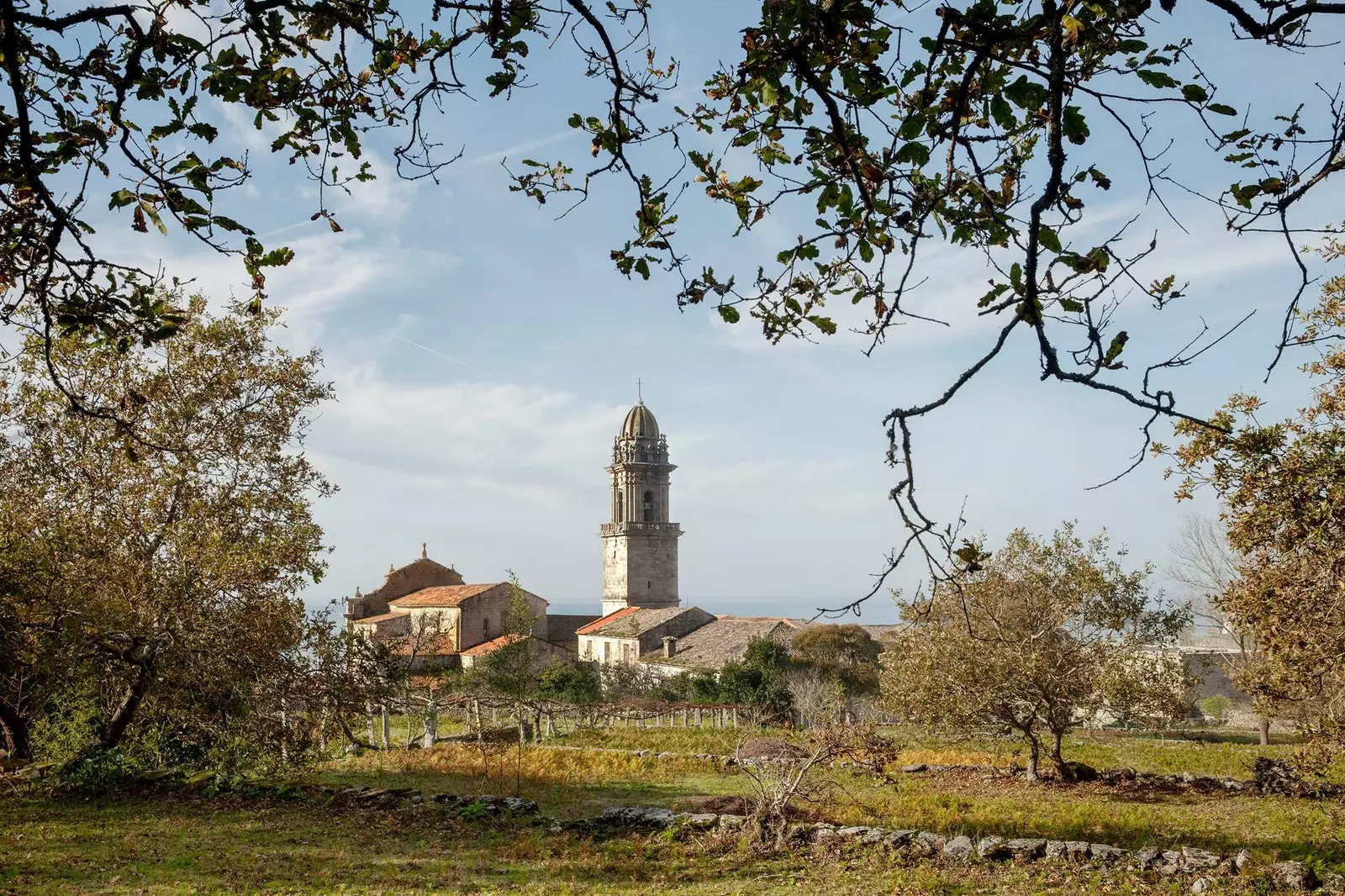
Guardian of the faith and of the coast!
On the southwestern coast of Galicia, between vast expanses of vineyards, forests and virgin beaches, small towns and estuaries worked to exhaustion by tireless shellfish gatherers They emerge, like forgotten stone giants, castles, monasteries and hermitages.
They, better than anyone, know the history of an area famous for its wines and landscapes, but which buries many secrets hidden in the cold stone.
Separated by less than 70km There are two of these sublime silent witnesses: the Royal Monastery of Santa María Oia and the castle –or castelo, in Galician– by Soutomaior.
THE ROYAL MONASTERY OF SANTA MARÍA DE OIA: GUARDIAN OF THE FAITH... AND OF THE COAST!
The tide is low and the algae rest on the brownish sand of the small beach that opens, only for a few hours a day , at the foot of the façade of the imposing monastery of Oia.
As the tide rises, the ocean water licks the stone , wanting to talk about the old debts that he has been wanting to collect for centuries.
And it is that from the Royal Monastery of Santa María de Oia the projectiles flew that sank Berber, English and Dutch ships. Somewhere in the bay the submerged wrecks only find solace in the songs of the sirens.
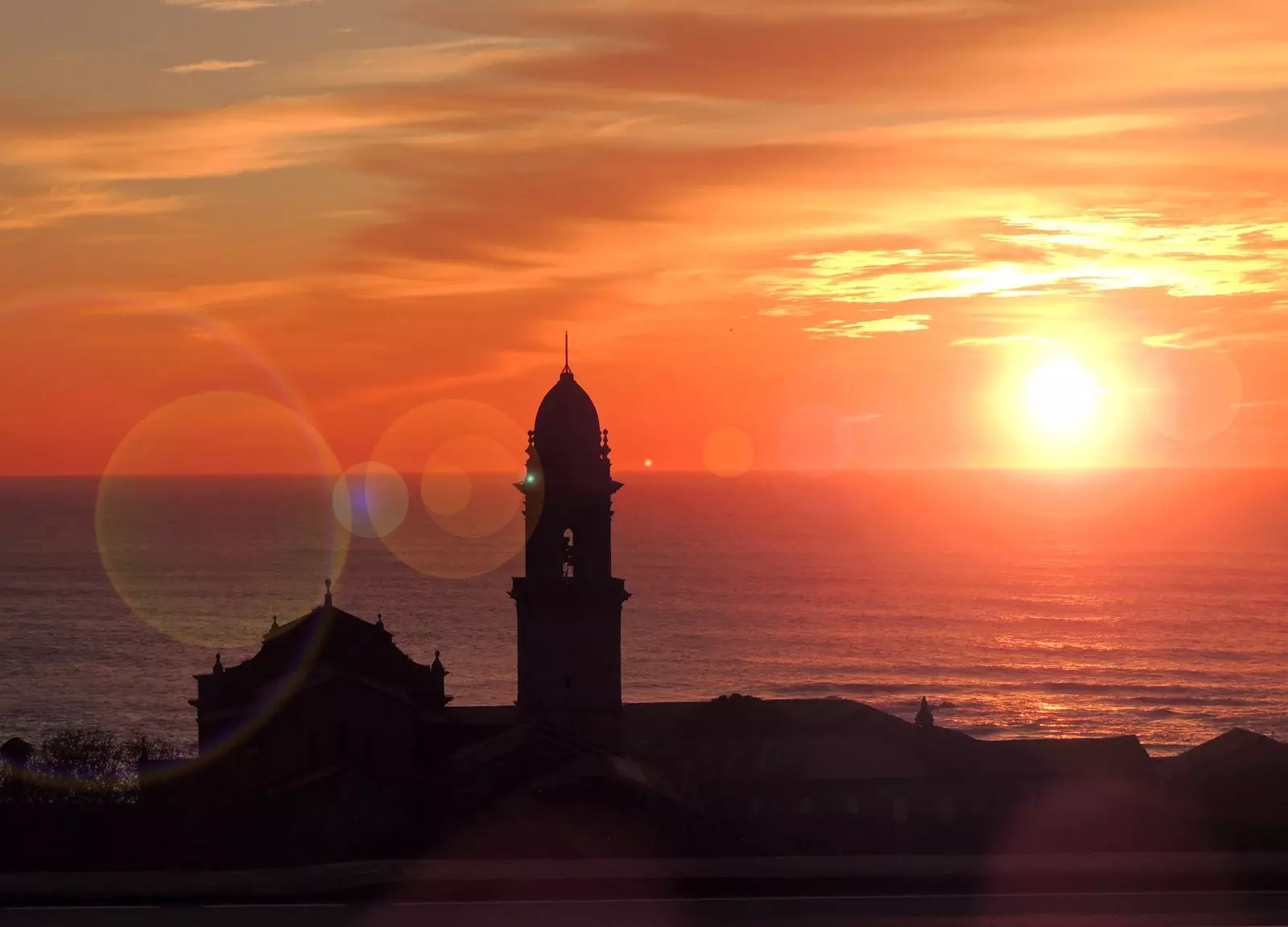
Sunset in the Rías Baixas
MONASTERY ON THE SHORES OF THE OCEAN
From its foundation, in the middle of the 12th century, to the present day, this monastery has suffered a great number of transformations, not only physical, but also in terms of their use.
The Royal Monastery of Santa Maria de Oia it was the only Cistercian monastery built on the shores of the ocean. The Kings Alfonso VII, Fernando II and Alfonso IX granted to the monks of Oia enormous possessions and privileges, knowing the strategic importance of its location , as it bordered on the Portuguese border.
This proximity to the Portuguese lands and the gateway to the Galician estuaries was the reason for the artillery of the monastery. Since the appearance of gunpowder and cannons, at Oia artillery monks were recruited.
They were veteran ex-combatants of the Tercios of Flanders or of the wars in Italy, capable of skillfully handling each of the thirteen cannons that the monastery came to have. Praying in the morning, gunning in the afternoon.
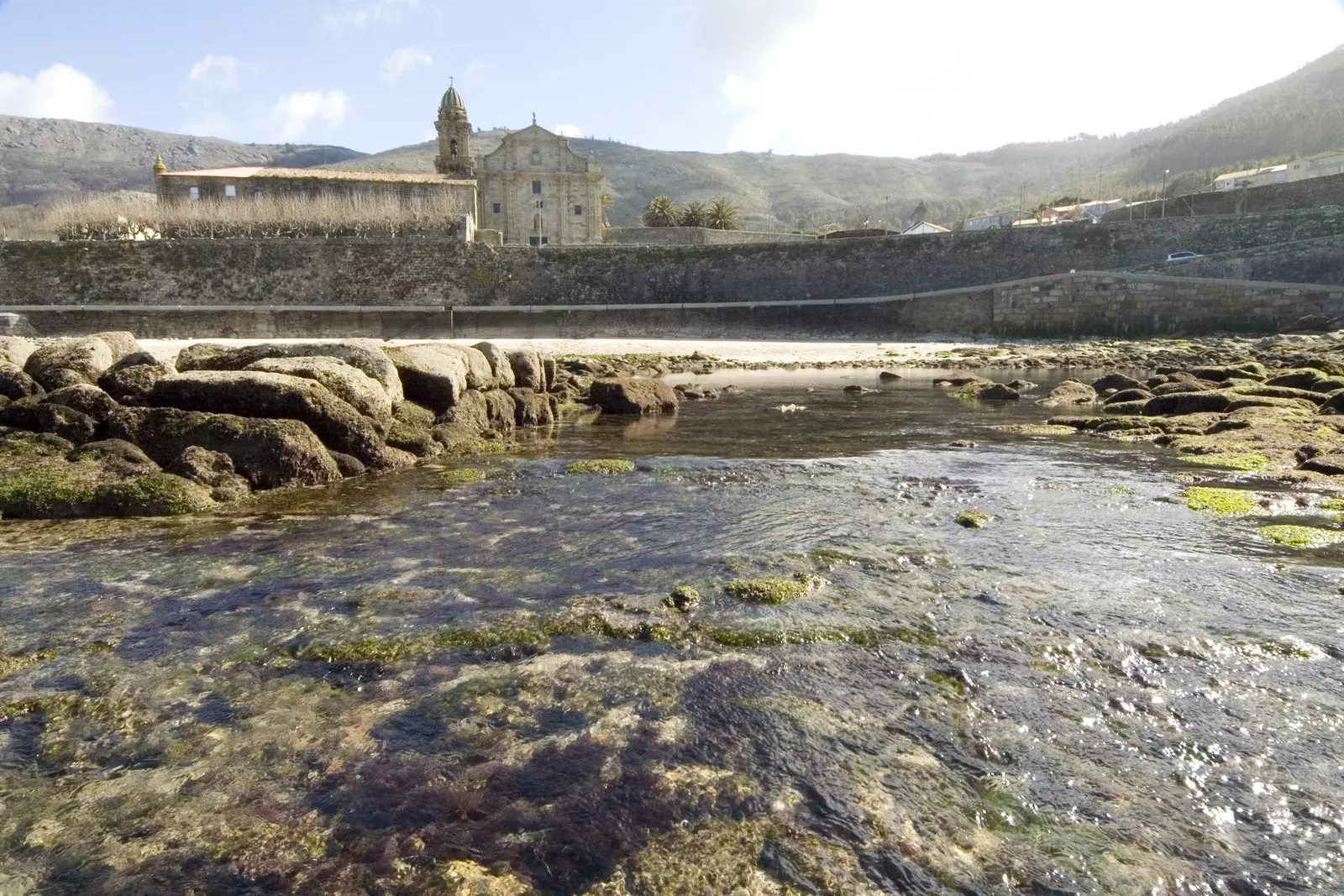
Today the monastery hosts many cultural events
HEROES AND PRISONERS OF WAR
The Oia monastery won his title of “Royal and Imperial” in 1624 , when the monarch Felipe IV granted it to him by defeating, with a clean cannon shot, six vessels of Turkish and Berber pirates.
walking around today its old parade ground –Now covered with grass and some trees– the battlements of the wall bring back memories of those centuries and the view of the sea is imperial. Along with them, the beautiful front Gothic facade of the church contrasts with its rear part, a legacy of Romanesque.
Upon entering the main building, a magnificent cloister whose central patio, abandoned in appearance, gives it a melancholy aura. It was in this area where several thousands of republican prisoners were overcrowded between 1937 and 1939.
The traces of their passage were printed, in the form of drawings and engravings, on the walls of the monastery. Before that, in 1835, the confiscation of Mendizábal marked the beginning of the sunset of the Royal Monastery of Oia.
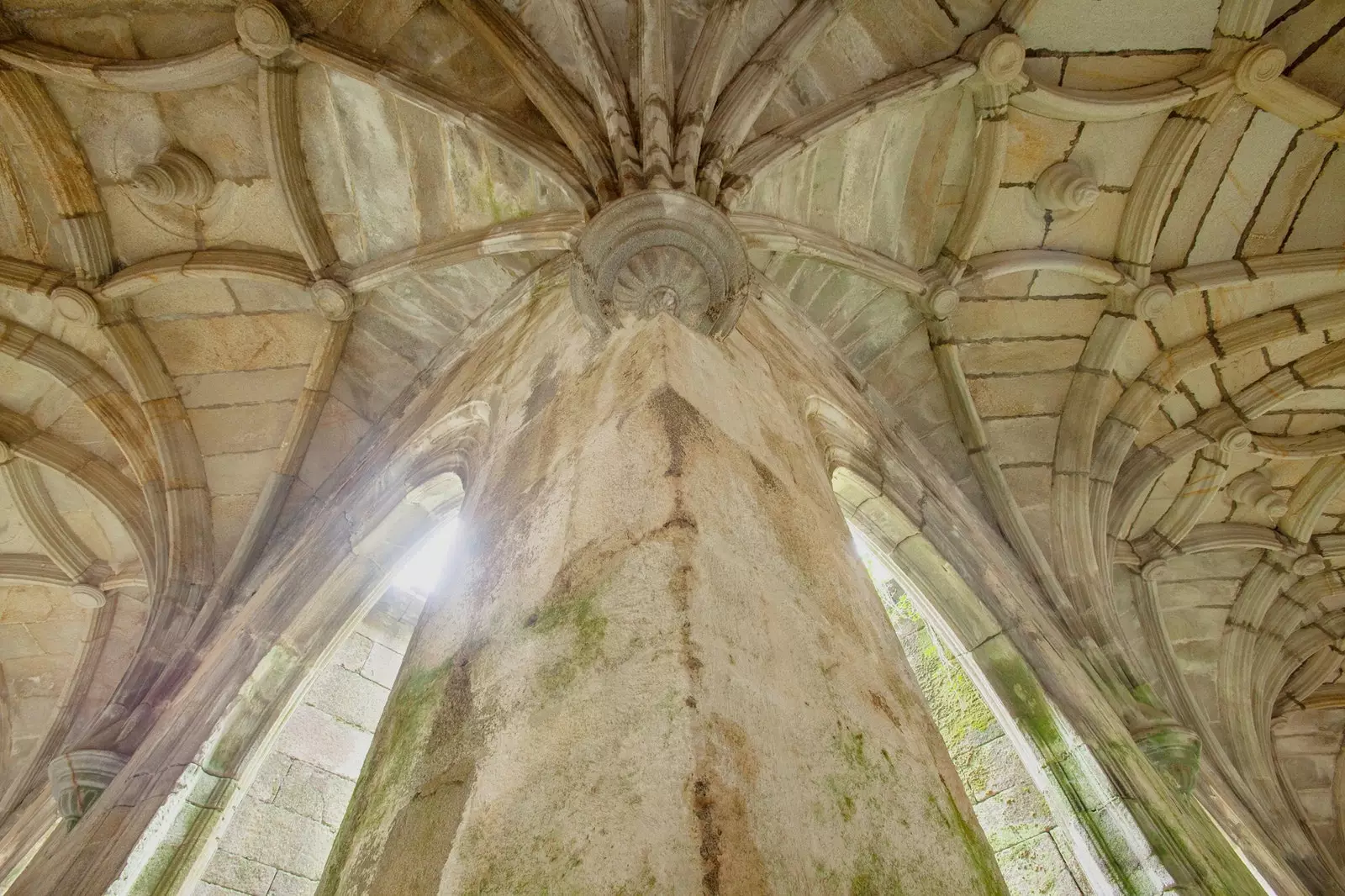
Thousands of republican prisoners were crammed here between 1937 and 1939
CULTURAL CENTER AND RAPA DAS BESTAS
Today, the monastery hosts a good number of cultural events and offers very interesting guided tours that run through all the rooms of the complex, including its beautiful and historic orchard.
From it, they can be seen the mountains that extend behind the monastery. It was on these cliffs, covered with trees and grasses, that medieval monks began to breed Galician wild horses.
From here came the traditional Galician celebration known as the “Rapa das Bestas” , in which the horses' manes are cut, they are dewormed and their wounds are treated, before they are released again.
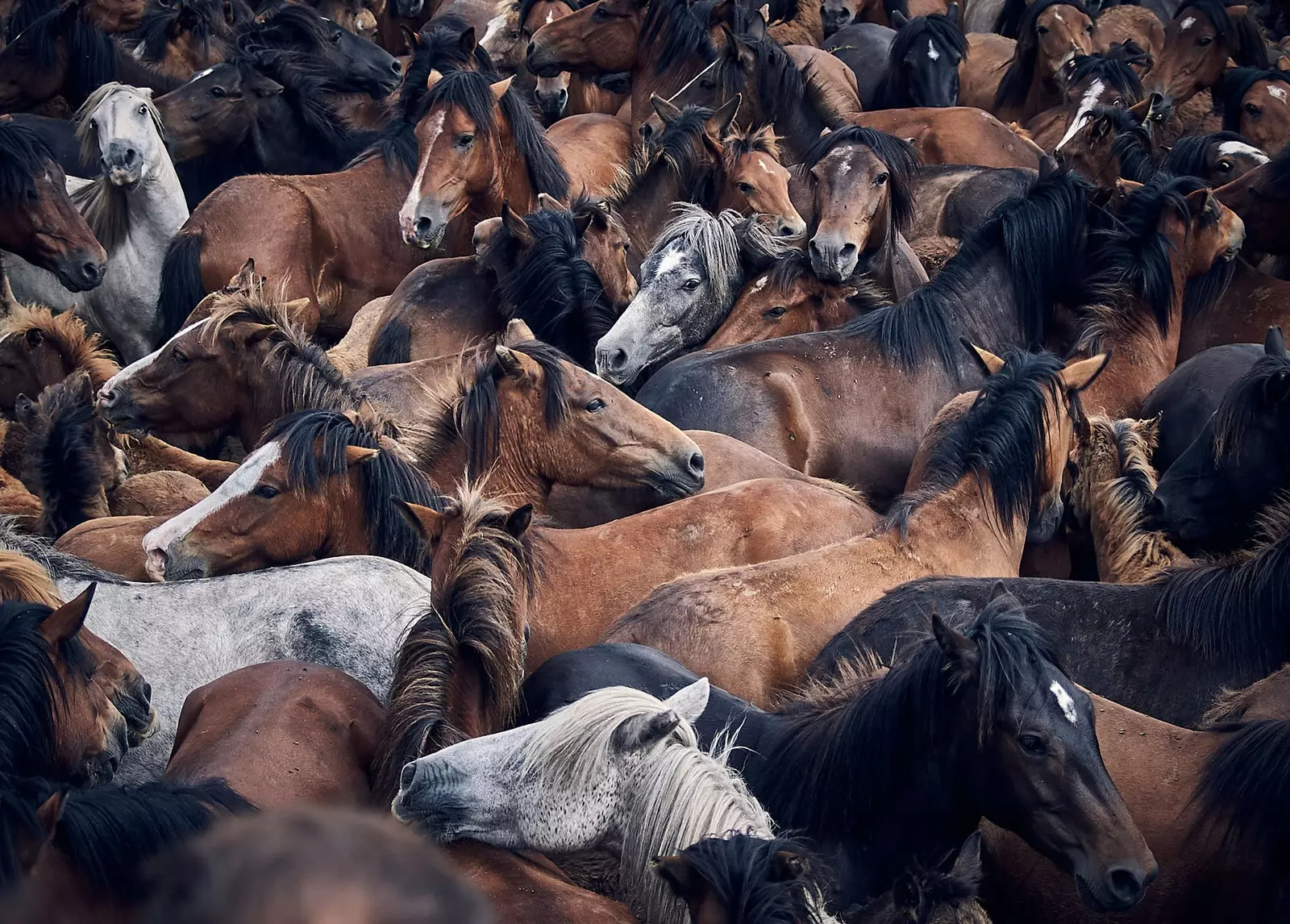
The traditional Rapa das Bestas
THE CASTLE OF SOUTOMAIOR: FORTRESS, PALACE AND BOTANICAL GARDEN
And after leaving behind the noise of the waves and the smell of gunpowder from the old cannons of Oia, it is time to drive one hour north to reach Soutomaior Castle.
The castle of Soutomaior is, like the monastery of Oia, a chameleon-like place. Built in the 12th century as a fortress to dominate the fertile lands of the Verdugo river valley, it underwent various transformations over the centuries, turning from an advanced defensive complex into an aristocratic summer palace.
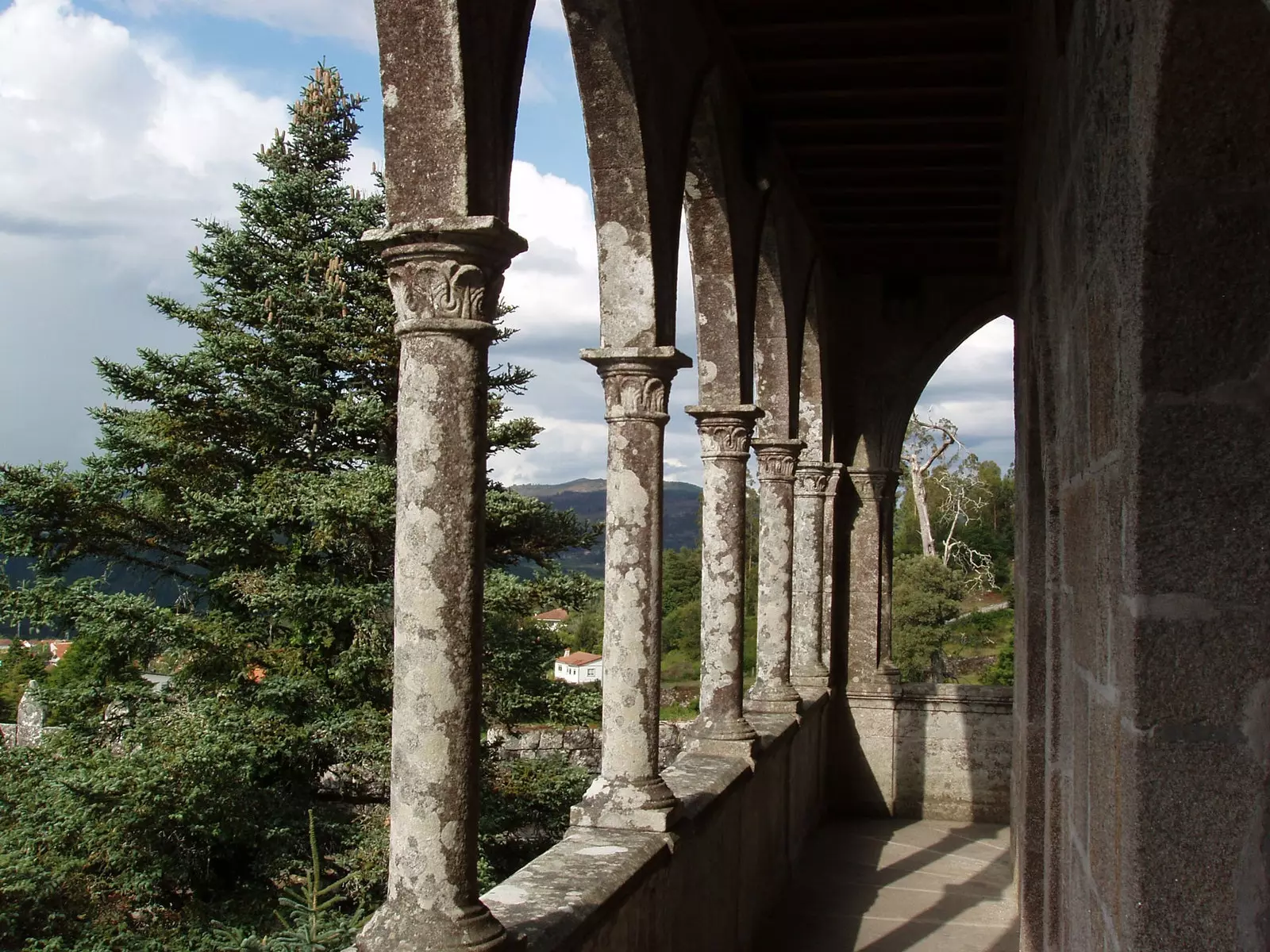
Soutomaior Castle: fortress, palace and botanical garden
MR. PEDRO MADRUGA
The most prominent figure in the history of the castle and of the Soutomaior lineage was Don Pedro Álvarez de Soutomaior, skillful warrior, ambitious lord and indomitable soul , who crushed the revolt of the irmandiños (1467-1469), recovered the castle from their hands and enlarged it, creating the second circle of walls and turning it into one of the most imposing defensive bastions in the northwest of the country.
The best way to enjoy this part of the castle's history is by admiring the magnificent and realistic projection of an animated film which is made in the very stones of the homage tower.
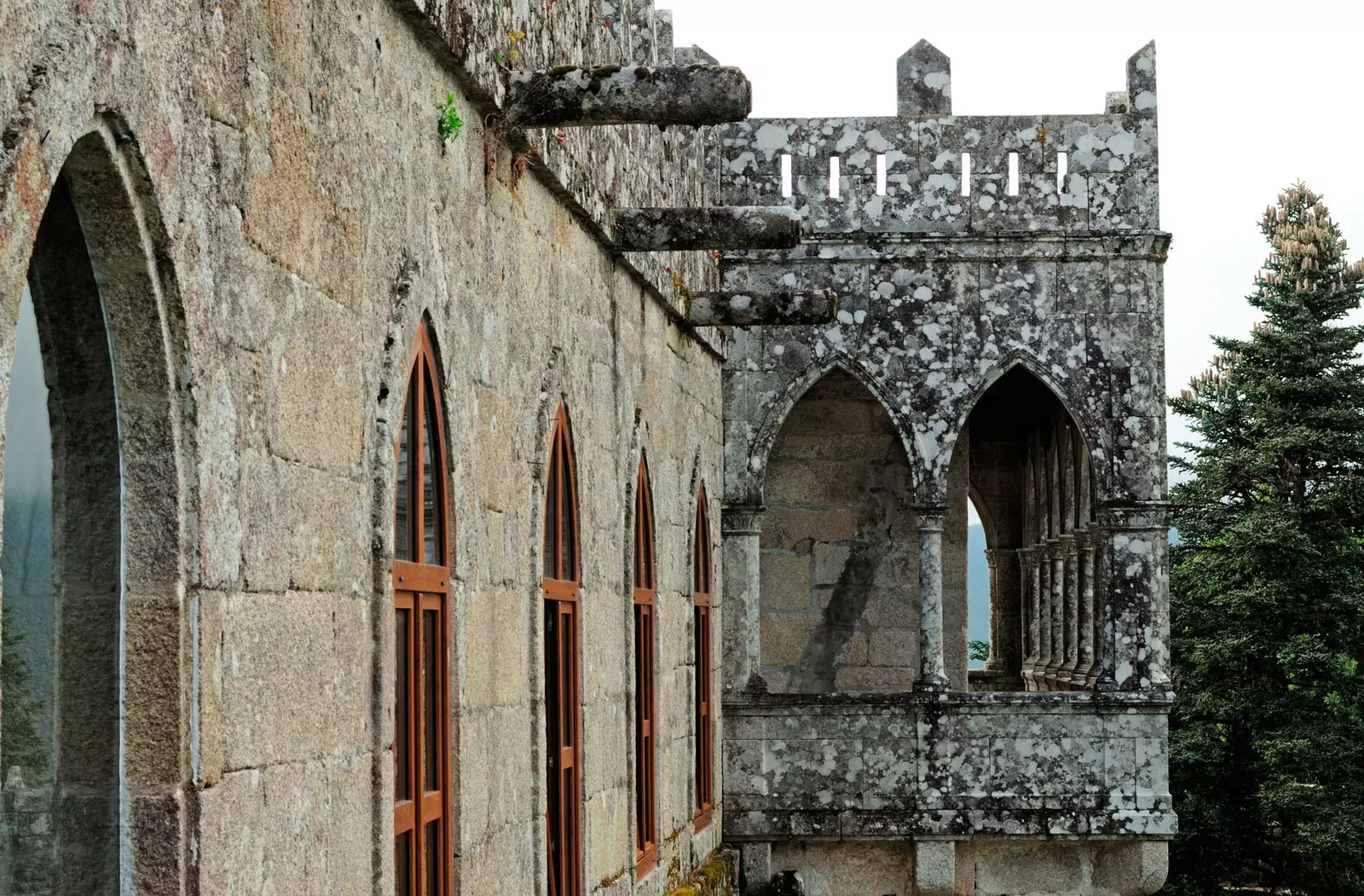
Soutomaior Castle was built in the 12th century
RESIDENCE AND GARDEN
After the death of Pedro Madruga and a harsh fight for his inheritance, the Soutomaior lineage was weakened and the castle fell into oblivion.
However, thanks to conservation works, it does not look like an abandoned place. when you walk along its battlements or climb to the top of its spectacular homage tower. From there, the views are the kind that help writers and dreamers create art.
The waters of the Verdugo River can be seen in the distance, strangled by patches of eucalyptus and birch trees, vineyards and pastures. Some white houses form a small urban nucleus and, to the left, a medieval hermitage crowns a hill higher than the one that dominates the castle.
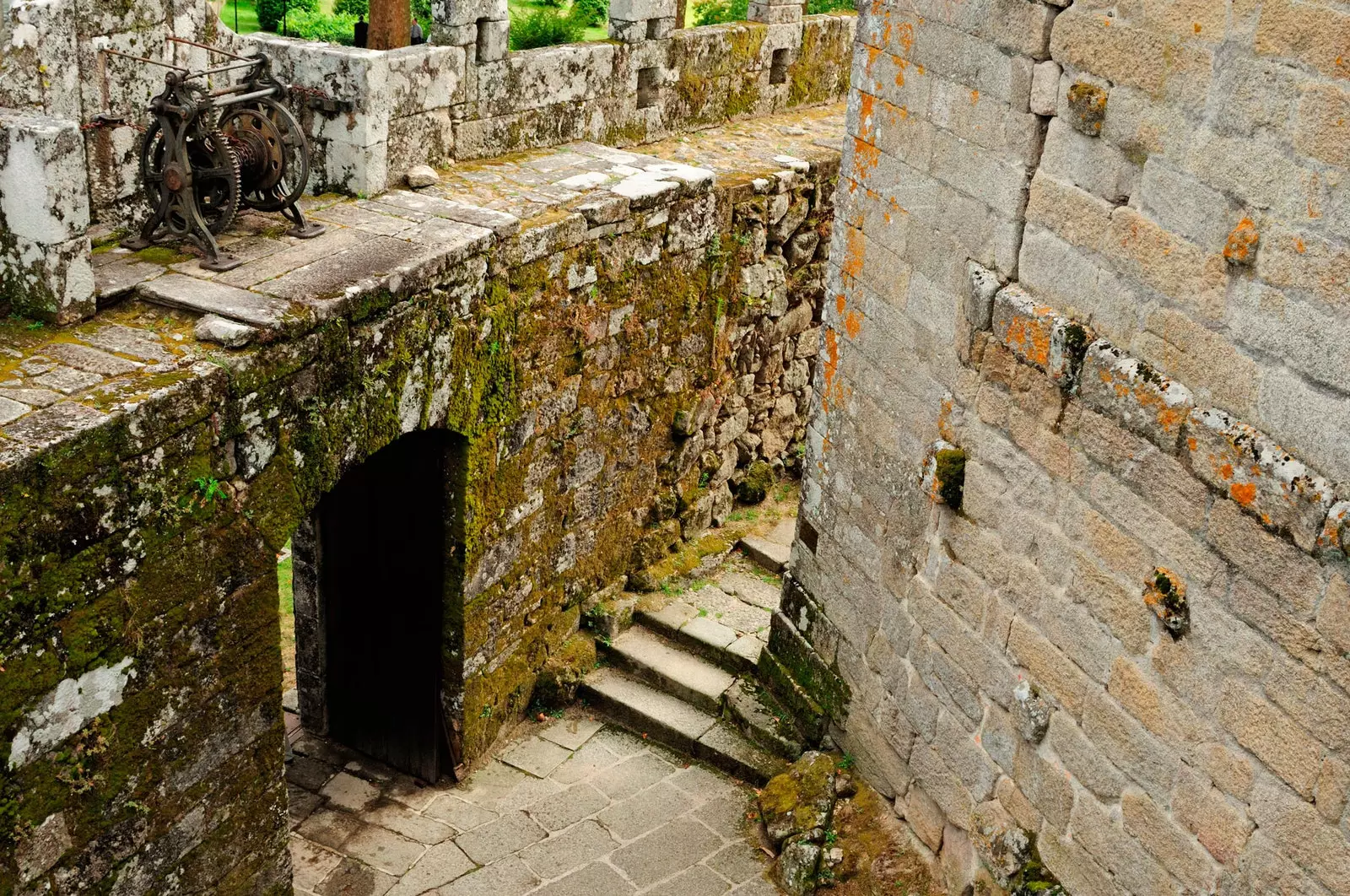
The writer María Vinyals received the castle as an inheritance
That must have been the landscape that inspired the writer Maria Vinyals , who, at the end of the 19th century she received the castle, as her inheritance, from her uncles , the Marquises de la Vega and Armijo.
María also inherited the indomitable spirit of Pedro Madruga and was one of the leading figures in the fight for gender equality in Spain. Part of her legacy can be enjoyed at the **historical museum** that she has been operating at Soutomaior Castle since May 2018.
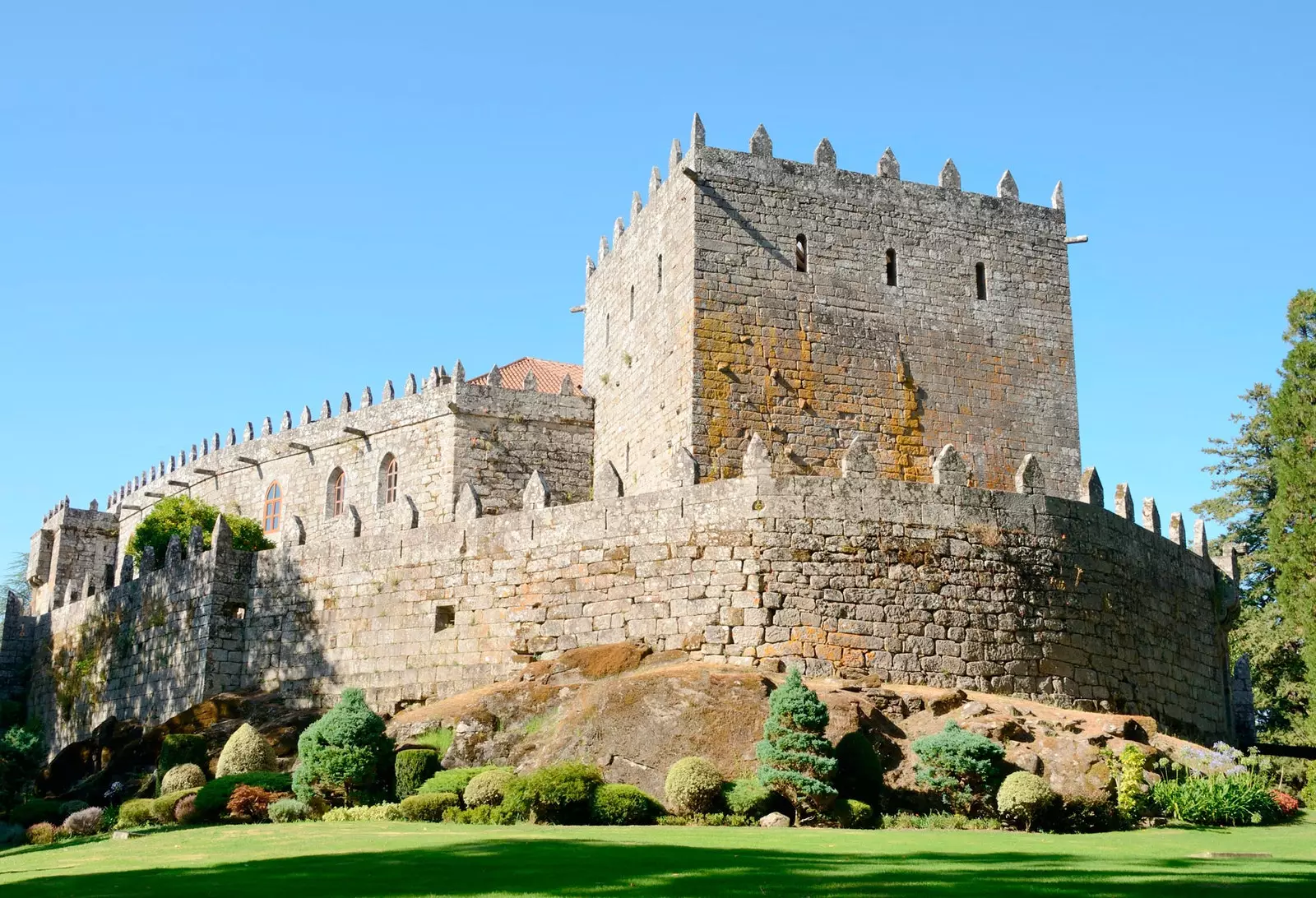
Soutomaior Castle: a journey through time
Strolling, as Maria did, through the castle gardens is like walking through an Eden. Next to the symmetrical structure of the French gardens, is a park where exotic tree species grow
you will find here a Chilean monkey puzzle tree and a huge American sequoia , almost 45 meters high, next to Lawson cypresses, Lebanese cedars, palm trees, chestnut trees, magnolias and beautiful camellias.
A trail starts from the park and gets lost in a wooded area delimited by vineyards. And it is that the grape is always present in the Rías Baixas.
Grapes that grow next to centuries-old stones. They are the ones who tell them the secrets and stories that feed them. And that's how in its intoxicating bottled broths we find the flavor of legends.
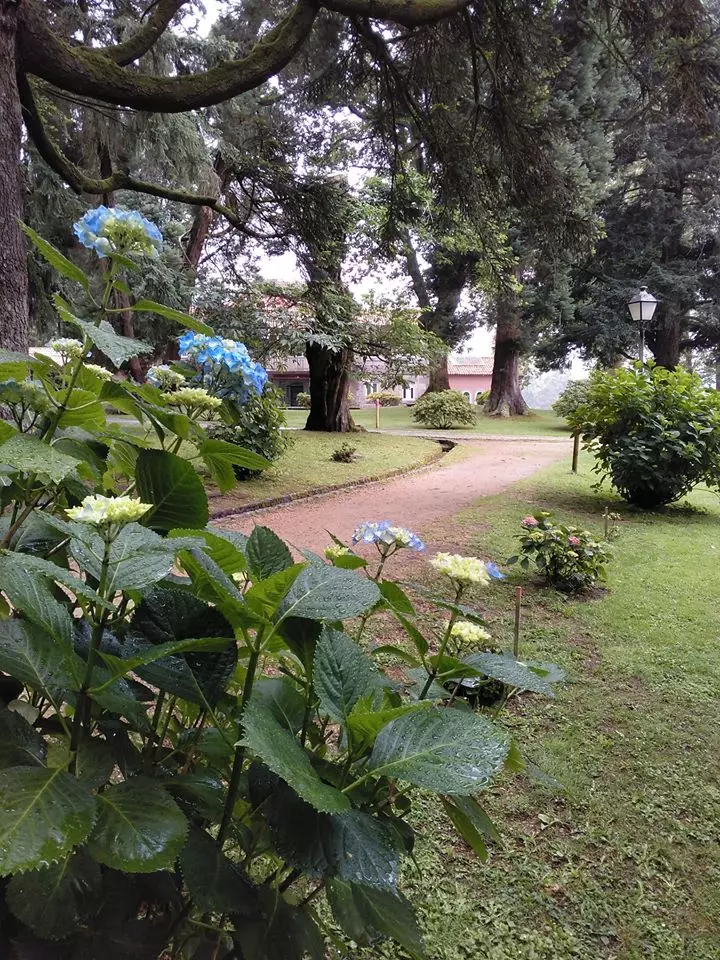
Do not miss the walk through its gardens
